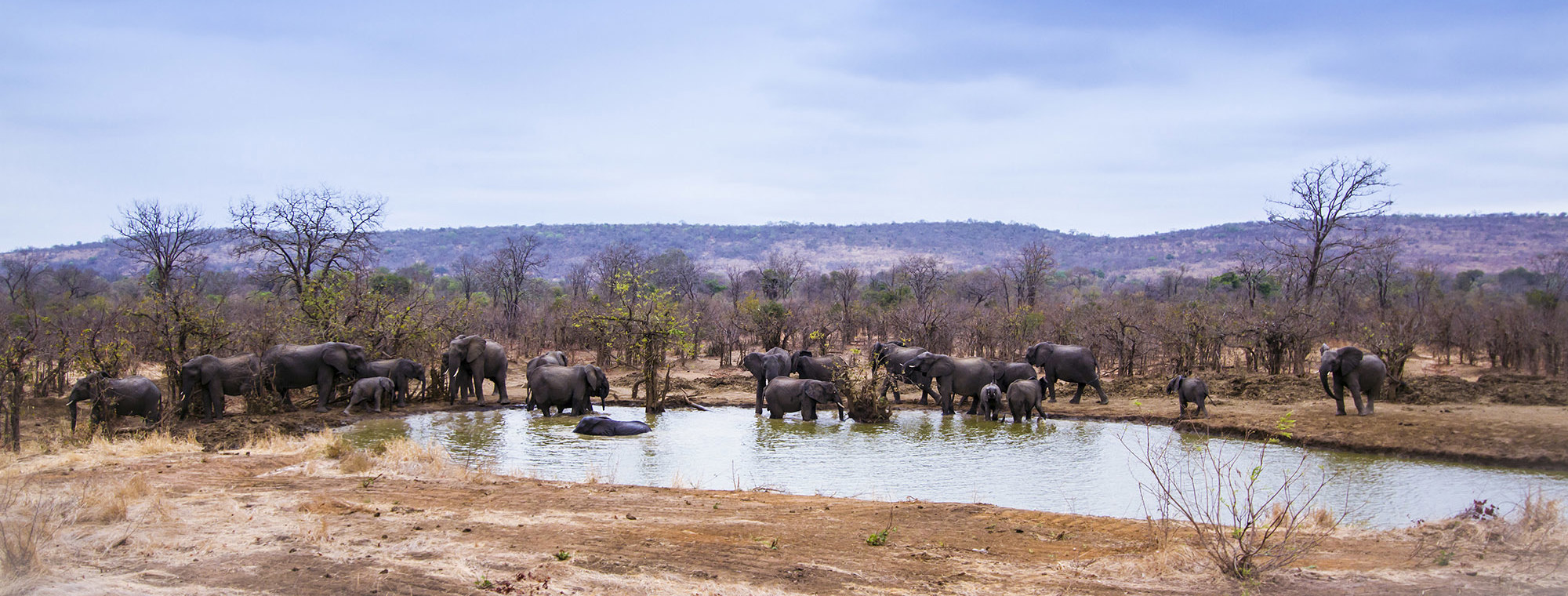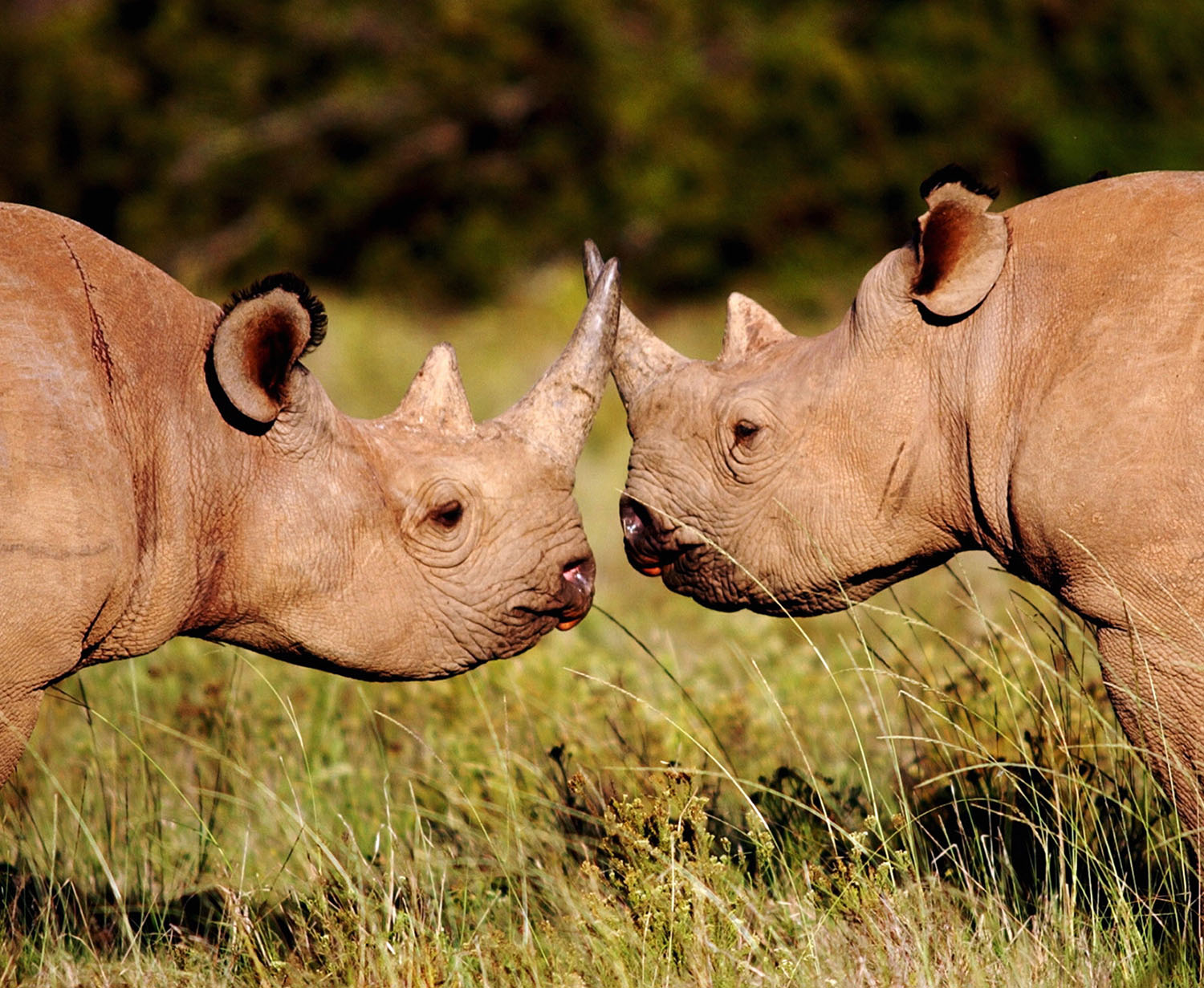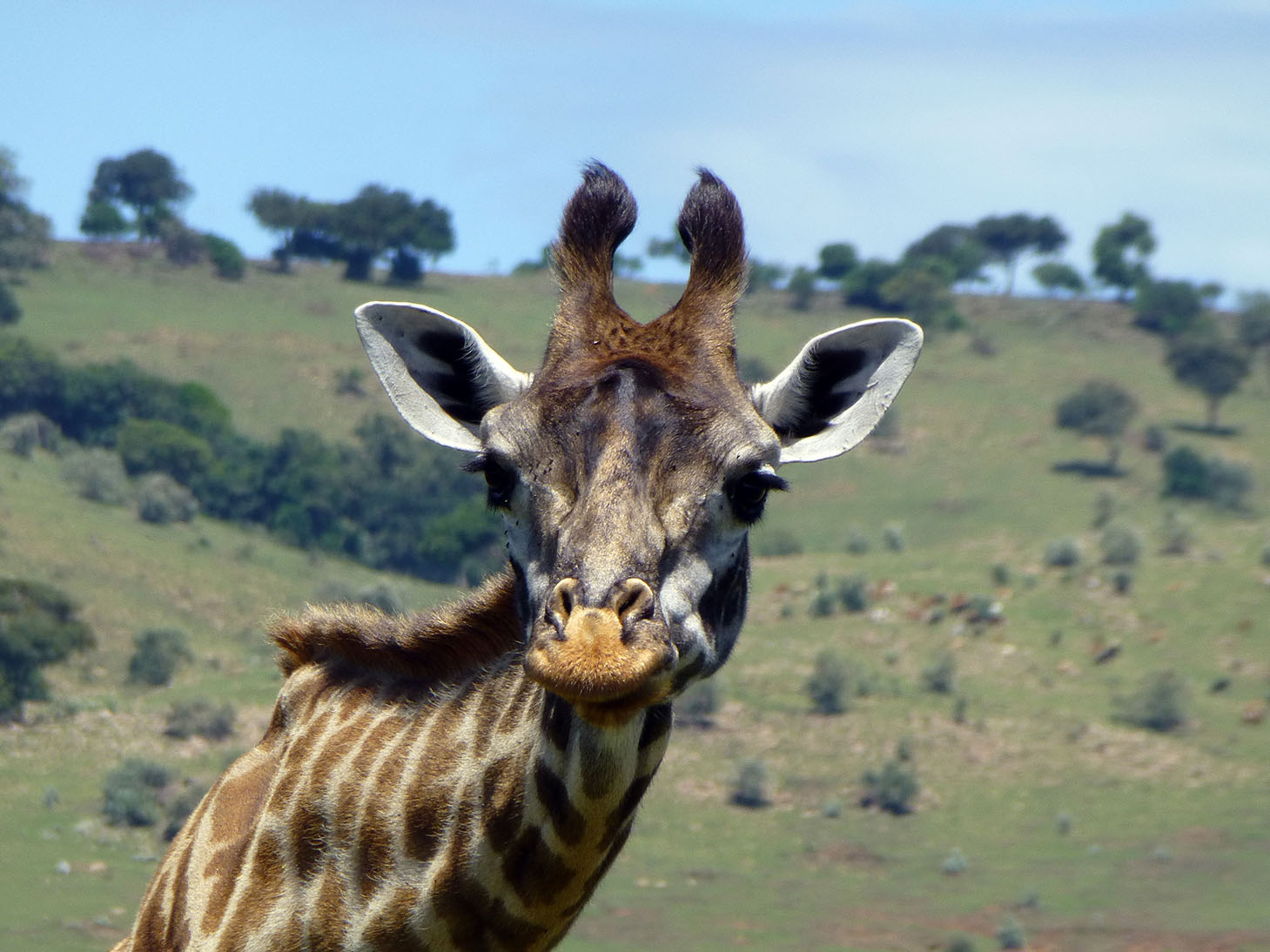Expert Tips for Taking Photos
on an African Safari

If you’re headed to Africa for a safari tour, the best thing to take with you is a quality camera and a little know-how on how to take photos in this unique setting. The experience is one in a lifetime, and certainly one you’ll want to remember well. These safari photo tips will help ensure your trip is well documented—and that you get some of the best nature photos you’ll ever take anywhere in the world.

Taking pictures of wildlife can be a daunting experience; everything is moving so fast, and the last thing you want are blurry photos to document one of the most extraordinary trips of your life. To get the results you want for your photo album, Instagram account, or Facebook feed, use these tips for taking photos while on safari.
Practice
There won’t be any time to make adjustments and get things just right with new equipment when there’s a gazelle mere feet from you. Use your new camera and/or any new lenses for a few weeks before leaving for Africa, and focus on learning how to get great shots of moving targets, like cars, children, or birds. This way, when things move quickly on safari, you’ll know exactly how to point, aim, and shoot your camera.
Bring a long-focus lens
If you were thinking about bringing a long-focus lens but weren’t sure, bring one. These will allow you to shoot wild game from a much further distance while also taking better still focus photos. The focus range that generally works best for safaris is usually between 200–500mm. These can be very pricey, so if you don’t own one, you can rent one and save a bundle.

Set your camera focus correctly
If you want to be able to print the photographs you take and have them come out well, you must set your camera to the highest quality. This will give you the .jpg or raw image you’re looking for to digitally edit, manipulate, and print photos yourself, or professionally.
Find a camera suitable for the novice photographer
Unless you’re a seasoned photographer, you’ll need a camera that’s easy to use. Some of the best options for this that work well for safari photography include the Nikon D5 DSLR, Canon EOS 1D X Mark II, and Pentax K-1 DSLR. These all offer settings for veteran photogs, but also offer ease-of-use options, including automatic settings and more. Additionally, these cameras offer a vibration reduction setting: be sure this setting is on so you get the best pictures possible, as you’re likely to be in a moving vehicle as you snap shots.
Some general safari photo tips
- When taking safari photos, give the viewer a point of reference—rather than taking all close-up pictures of the animals you see, photograph the scenery around them—because it’s not just the animal that’s beautiful!
- Use the photography “rule of thirds” when shooting: Instead of pointing directly at a lion, for example, point so that it’s to one side or the other to improve the composition of the image.
- Don’t forget spare batteries for your camera: Bring along at least one spare set of batteries so you don’t miss out on great opportunities to shoot images that come to the fore a little closer to the end of the day.
- No matter what, disable geotagging on all your devices. Posting locations of wildlife can attract poachers, which is probably the last thing you want.
Remember, being on safari in Africa is supposed to be fun, so don’t stress out over taking pictures that are perfect; instead, focus on taking the best pictures you can while still having fun.









